(February 21, 2022) Blending years of human resources experience in China, Japan and the US, and Indianising them for the start-up community, Pradeep Gopi has used his wealth of knowledge from across the world, to bring international best practices into HR culture in India. “It’s time to bring the ‘human’ back into human resources,” said the Indian HR expert, in an exclusive interview with Global Indian.
Early start
It’s the summer of 1994. Tucked into the narrow by-lanes of the shopping hamlet – Shivaji Nagar in Bengaluru’s central business district, is Dilpasand Silk Palace, among the oldest stores. Inside, amidst the chaos of bargaining customers and bustling salespeople, sits Pradeep Gopi, the 10-year-old son of the owner, Gopi PS. He’s soaking in all the action, keenly observing the proceedings.
Over two decades later, Pradeep, who is now 38-years-old, says he was expected to join his family business. But destiny had other plans – to bring his wealth in human resource back to Indian shores.
In 2015, Indian HR expert Pradeep was rated among the top 100 most influential HR professionals by the Asia Pacific HRM Congress.
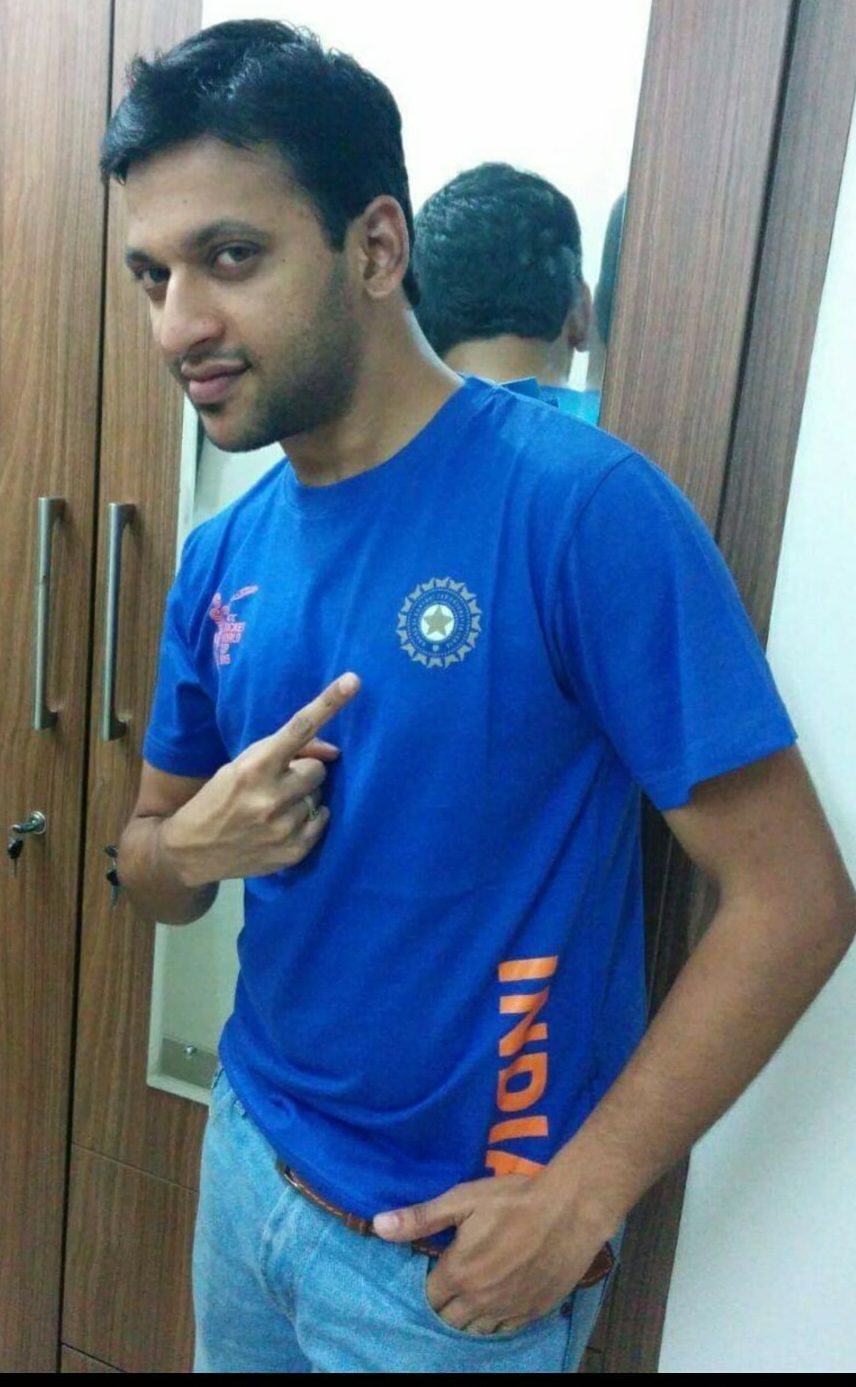
Family business? No thank you
“I’ve spent many years at Dilpasand, but surprisingly I found myself getting interested in just one aspect – managing staff. We had about five to 10 salespeople. I realised that I was constantly thinking of ways to keep them motivated, and driven. Such was the nature of our business that sales staff turnover was huge – often carrying important inside information – from sarees sourcing, margins, discounts, etc. This was my first initiation into what we call ‘people and attrition management in’ modern HR parlance,” Indian HR expert Pradeep explains, cheekily adding, “The only other thing I was driven to was branding, but when my family saw my competency – the tagline – fashion is our passion – everyone agreed that I wasn’t cut out for it.” The Bangalore University graduate is an XLRI alum.
Saree shop or corporate house – fundamentals are the same
A decade as an HR professional, he worked with startups like InMobi, Vizury and iRunway. Today he is director, human resources, Bidgely, an Indian-origin Silicon Valley startup that operates in the smart and renewable energy space. Learning that fundamentals of human resource management are the same, he has added to those years of observing at Dilpasand with his experience around the world. “Bonuses to keep staff happy, background checks of new staff, good performance rewarded, and inferior performance warned. Isn’t this the core philosophy behind appraisals and attrition?” the Indian HR expert wonders?
Parents and spouses – the real heroes?
The 2022 appraisal cycle at Bidgely is special as an initiative he brainstormed was a roaring success. “When we announced our appraisals, we decided to send promotion letters to parents and spouses of employees, along with a celebratory cake.” Which, during work from home in the pandemic was a great idea, getting the family to share in the celebration. The initiative went viral, with employees taking to social media to share their letters.
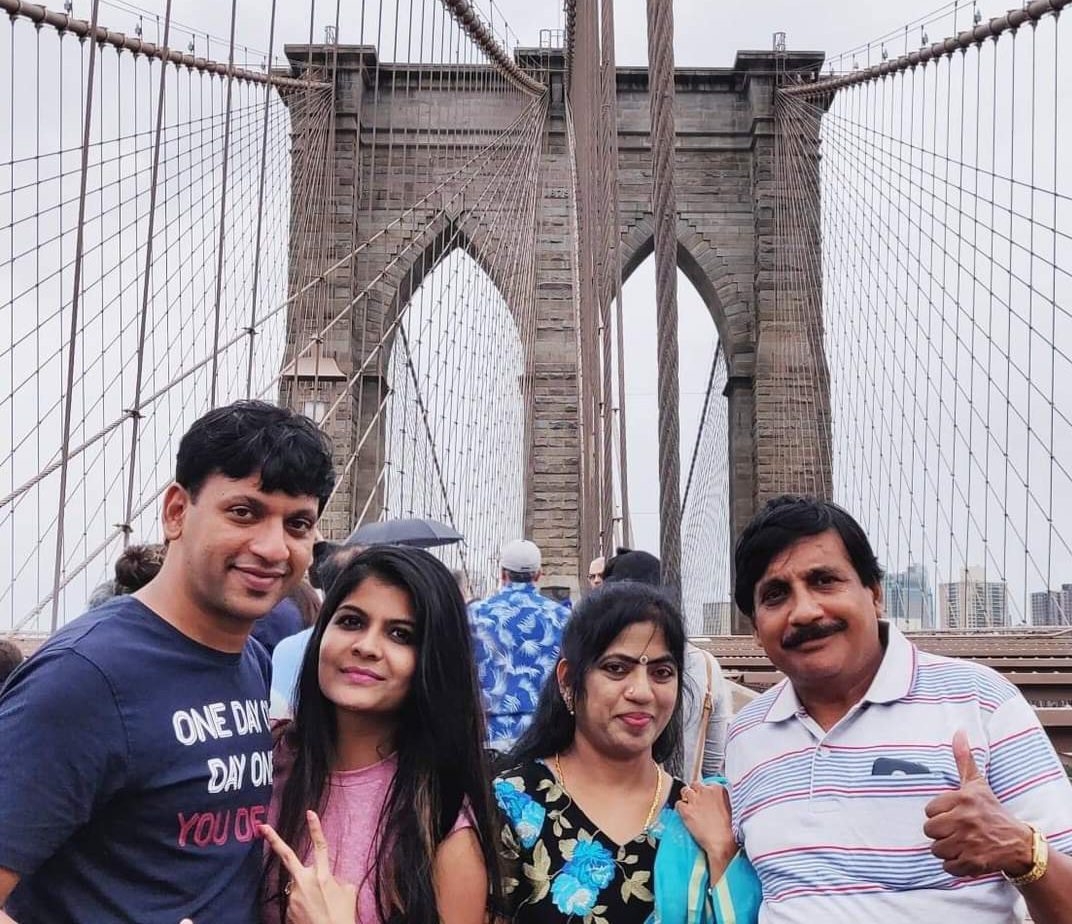
Pradeep with his family
The challenging ‘states’ of mind
For three years since 2008, Pradeep served as assistant HR manager at iRunway. Next, as talent acquisition specialist at InMobi, he did a four-year stint at Vizury. Then Pradeep got married and relocated to the US. And this was when things got rough.
The first few months were challenging. “I relocated to Atlanta on a dependent visa, and it was difficult to get a dependent work visa. Those were the days of the Trump administration, which was cracking down on expat employment. Even though I got the visa, companies wouldn’t hire me because of the colour of my skin, especially for HR roles,” adds the Indian HR expert.
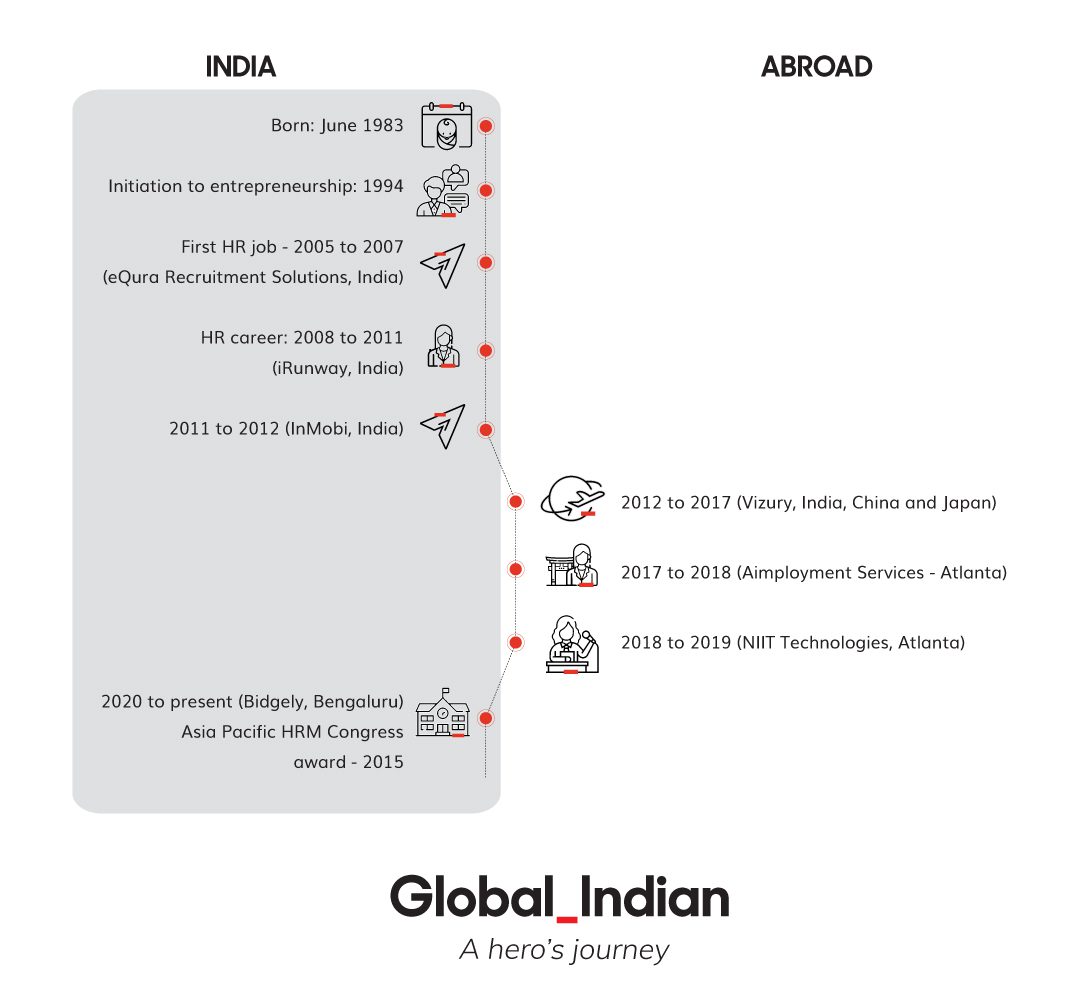
He joined a talent acquisition company Aimployment Services, and it was just a matter of time before he impressed one of its biggest clients, NIIT Technologies and became their HR business partner. “For the next year and a half, I learned a lot about global HR from ground zero,” he adds.
Global workforce
If industries might be united by a common set of human resource principles, India and the United States couldn’t be more different in terms of diversity. “An average company in India will comprise an all-Indian workforce. With NIIT, I learned that there were employees from a multitude of nationalities, a common structure, and language of corporate communication. I wanted to return to India with these lessons and impart them here. The US is the land of expats,” the Indian HR expert explains.
Missing his roots
Deep down, he missed his family. “My wife was hugely supportive during my stay in the US but I missed my parents so much that I booked their tickets and took them on a tour of America,” he says. “My parents never travelled outside India, and they had a great time with me and Jananee S (his wife). In fact, for a guy who could cook nothing more than instant noodles, I impressed them with my advanced Indian cooking skills too,” he adds.
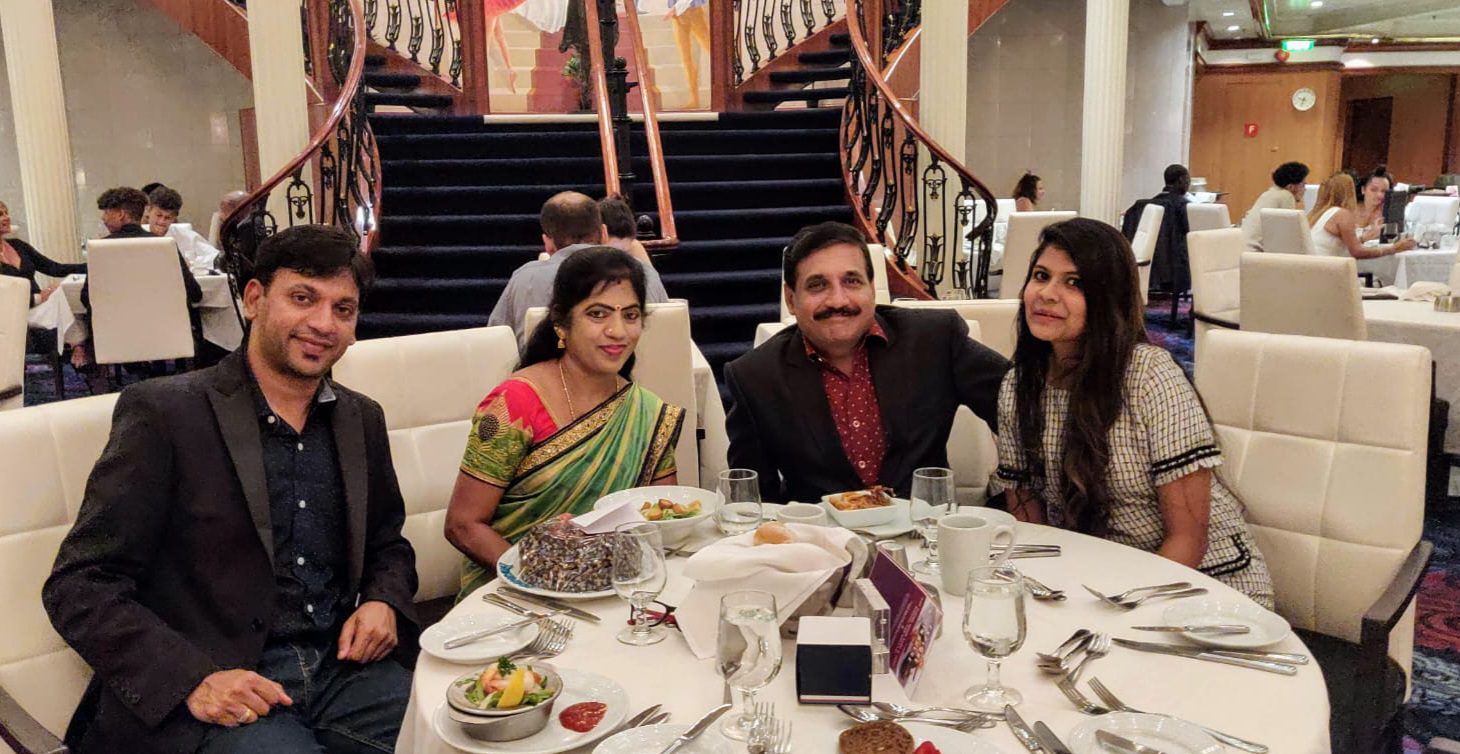
With his family on a cruise in the Bahamas
The trip would turn out to be instrumental, fuelling the idea for the HR initiative that earned him many laurels. When his father passed away shortly after his return to India, the Indian HR expert realised how proud parents are when their children do well.
Learnings from China and Japan
During his stint at Vizury, Pradeep also travelled extensively to China and Japan, further adding to his global intelligence in HR. “I was asked to recruit the GM for China, an unusual move as such hiring is usually outsourced. The experience was an eye-opener. “I witnessed, first-hand, the sheer professionalism and task-centric approach of Chinese companies,” says the Indian HR expert who then went to Japan, to “restructure an organisation.”
What Indian start-ups need
Ever since his return home, Pradeep has been committed to making Indian start-ups leverage international best practices while staying humane. “We need to bring the ‘human’ back into ‘human resources.’ We also need international professionalism. This is my vision for life,” he says, aspiring to as international professionalism to the formula. “This is my vision for life,” says the Indian HR expert.

Cricket fans Pradeep and his wife at an IPL match in Bengaluru
He follows Indian cricket keenly, and is a huge fan of the Royal Challengers Bangalore IPL franchise. Dilpasand Silk Palace shut down a few months before the pandemic, and currently is an empty dilapidated structure, unlike Pradeep’s dreams for the future of Indian start-ups… robust and humane.

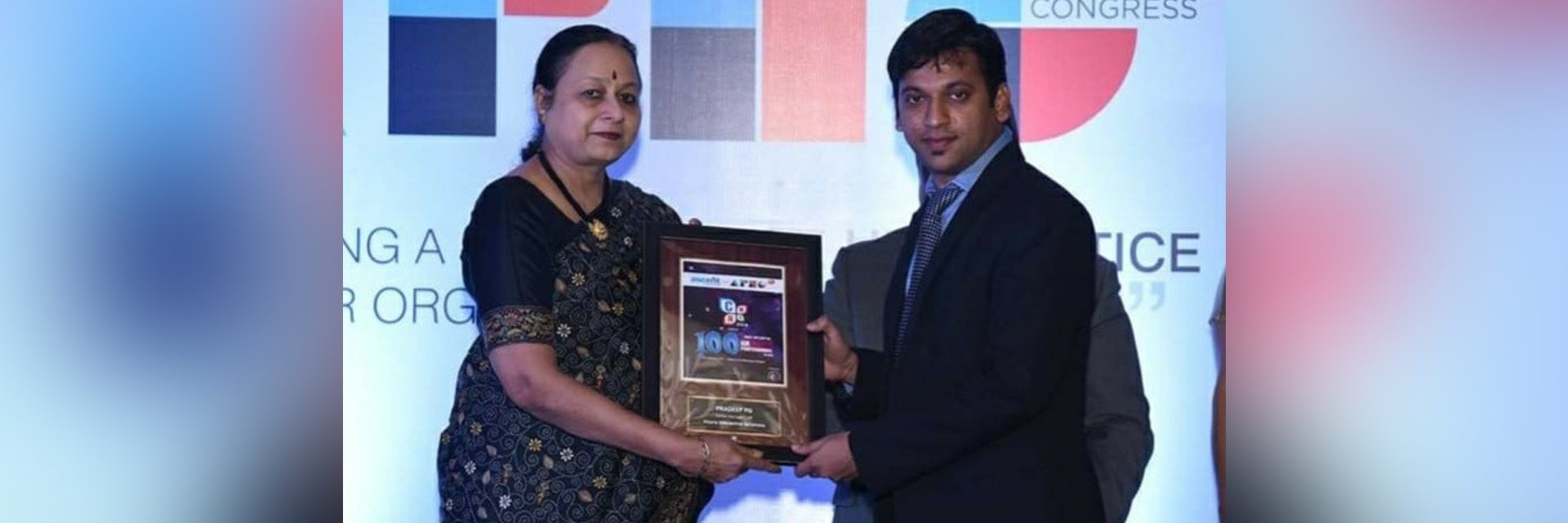


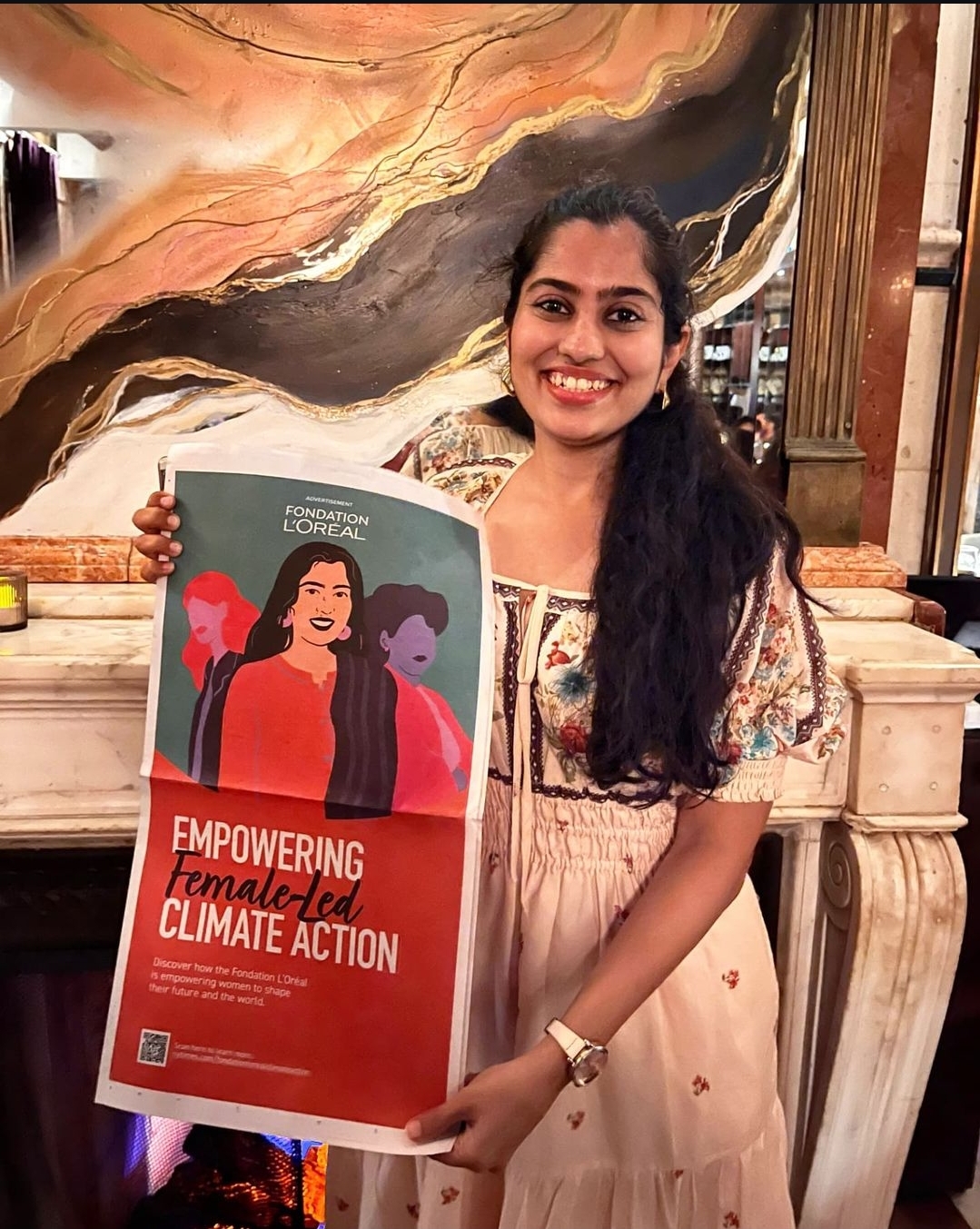 Heeta Lakhani, featured on the cover of The New York Times[/caption]
Heeta Lakhani, featured on the cover of The New York Times[/caption]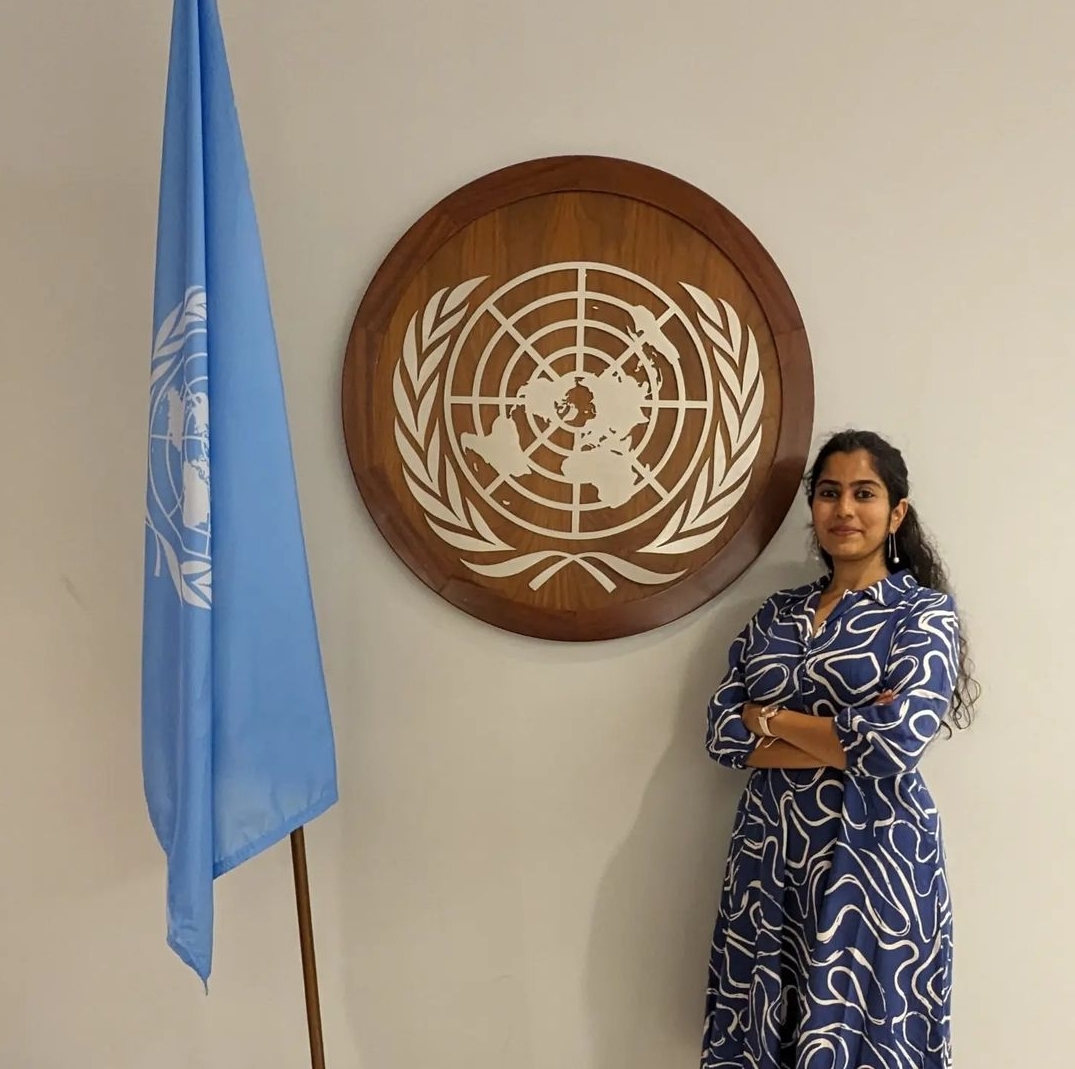
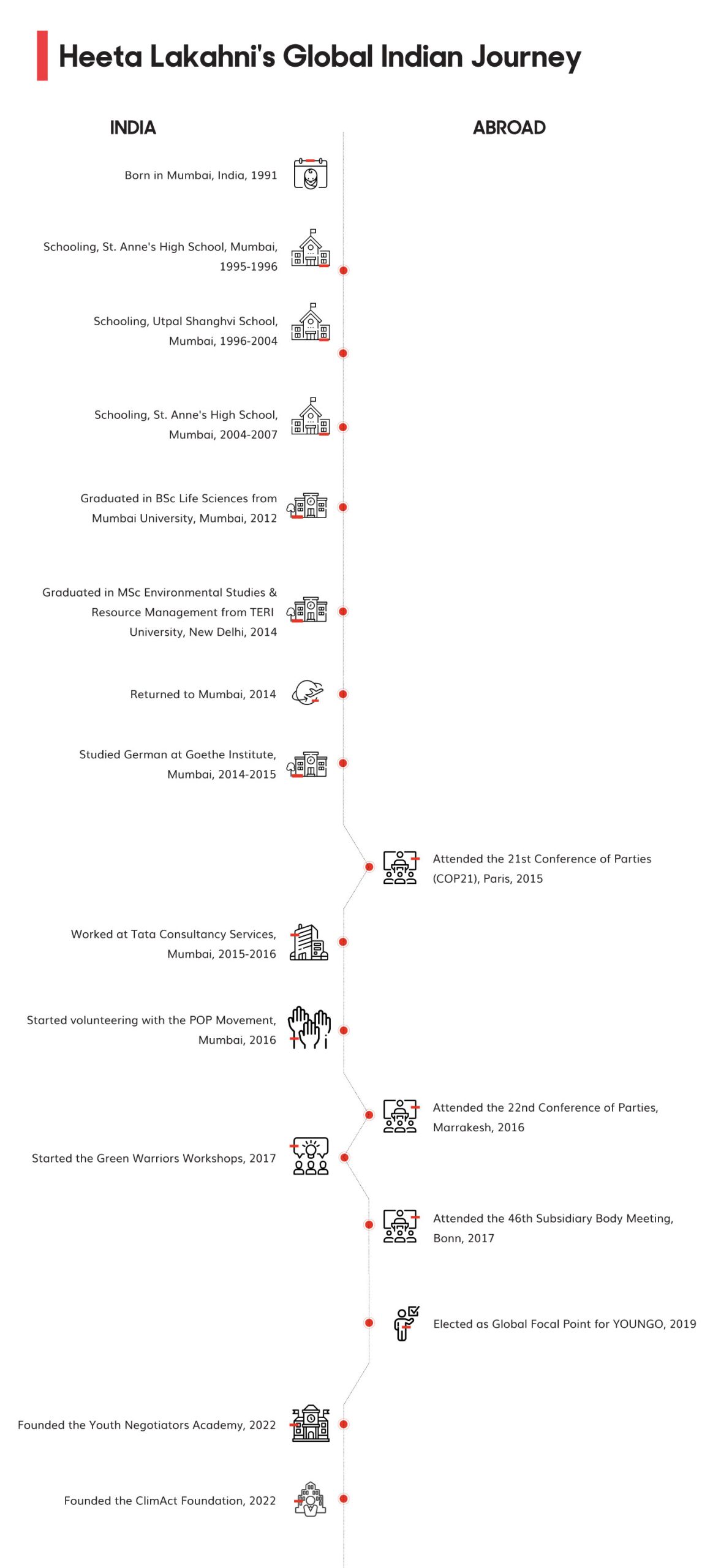
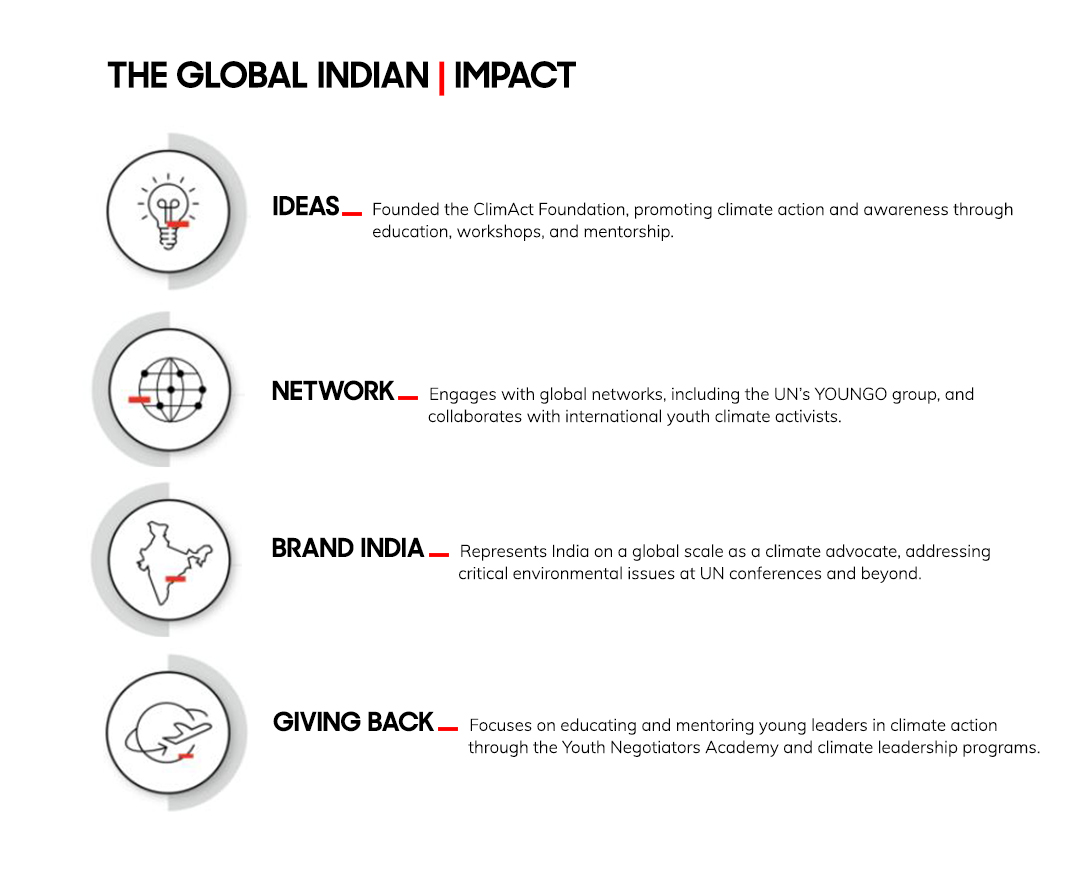


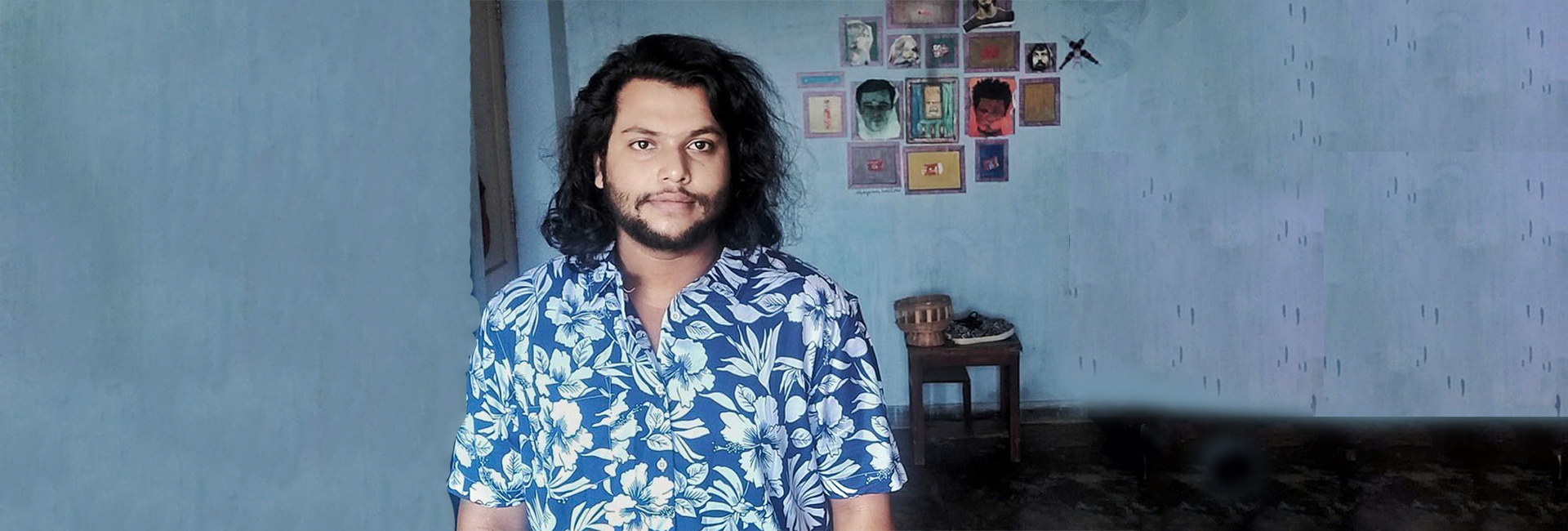
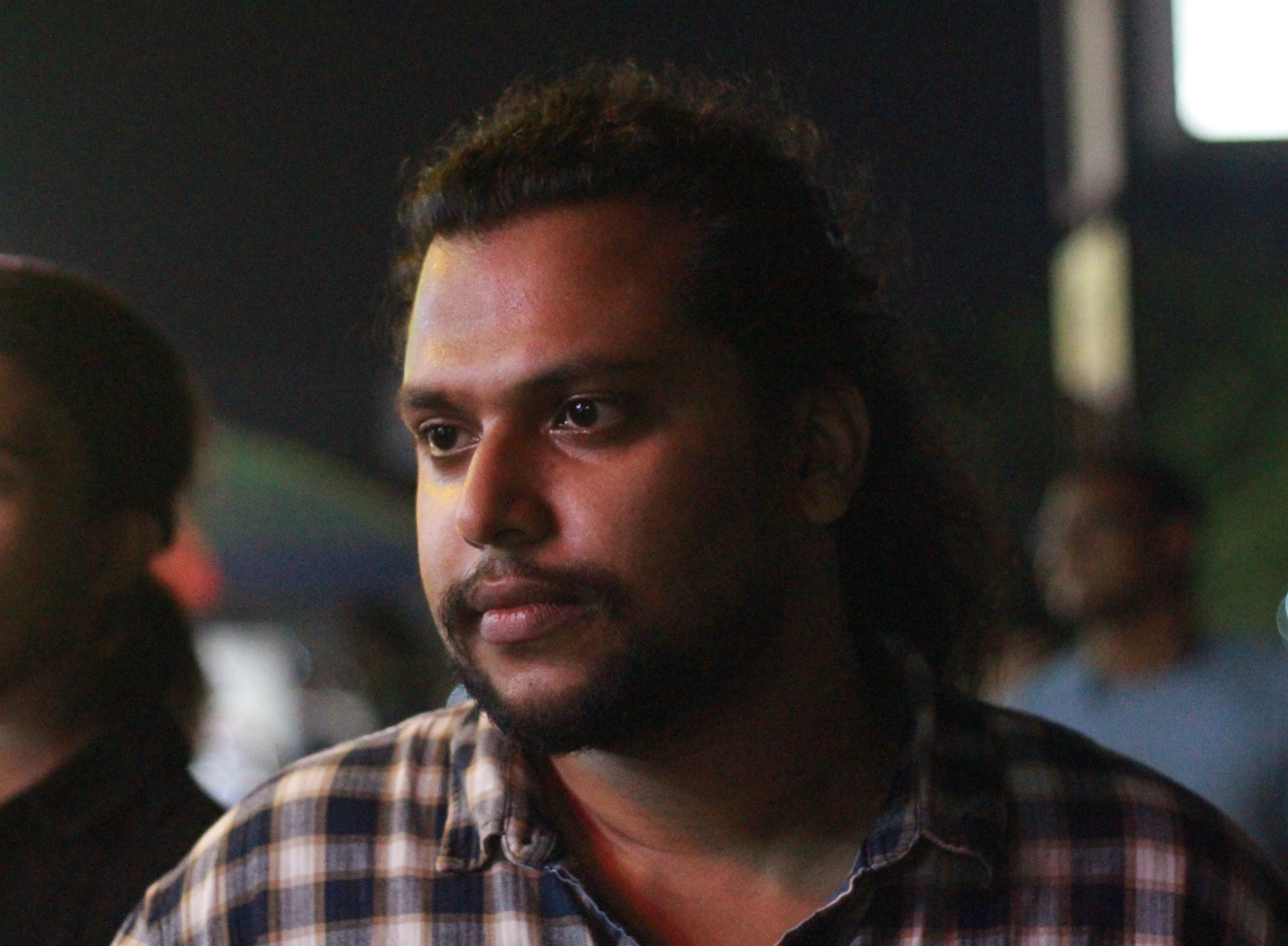 Maharshi Tuhin Kashyap is an Indian filmmaker[/caption]
Maharshi Tuhin Kashyap is an Indian filmmaker[/caption]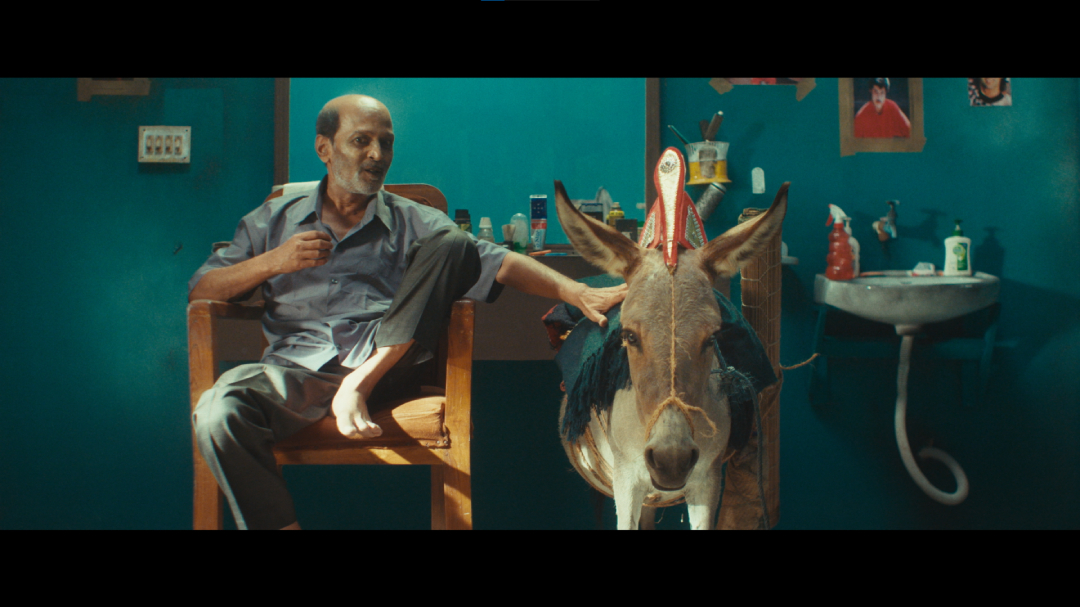 A still from The Horse From Heaven[/caption]
A still from The Horse From Heaven[/caption] A still from The Horse From Heaven[/caption]
A still from The Horse From Heaven[/caption]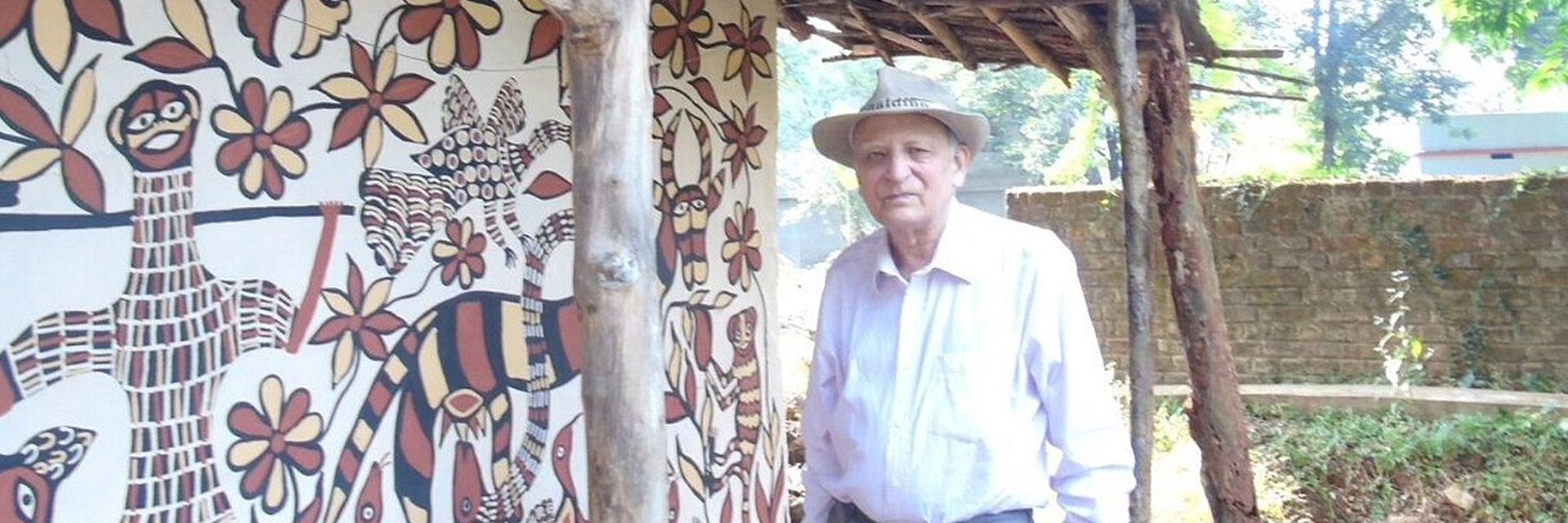
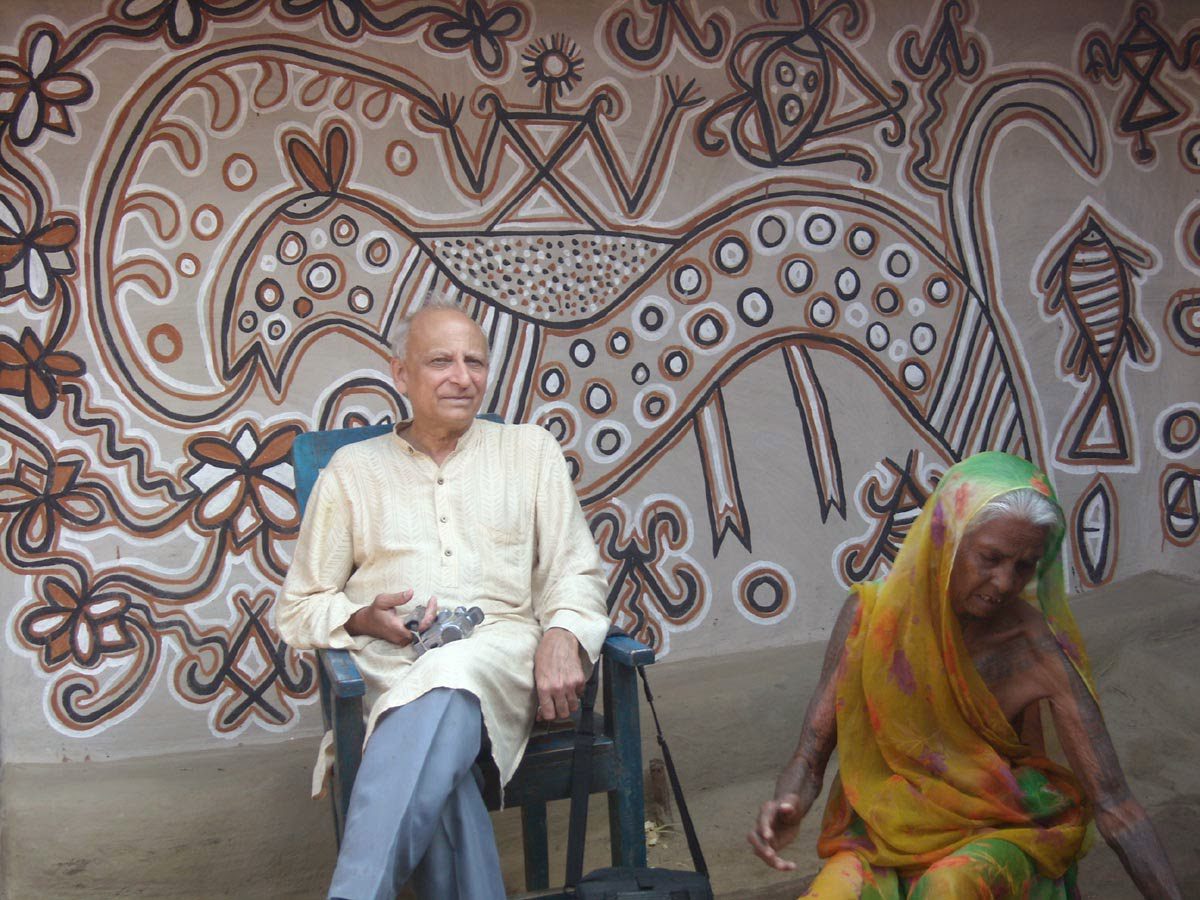
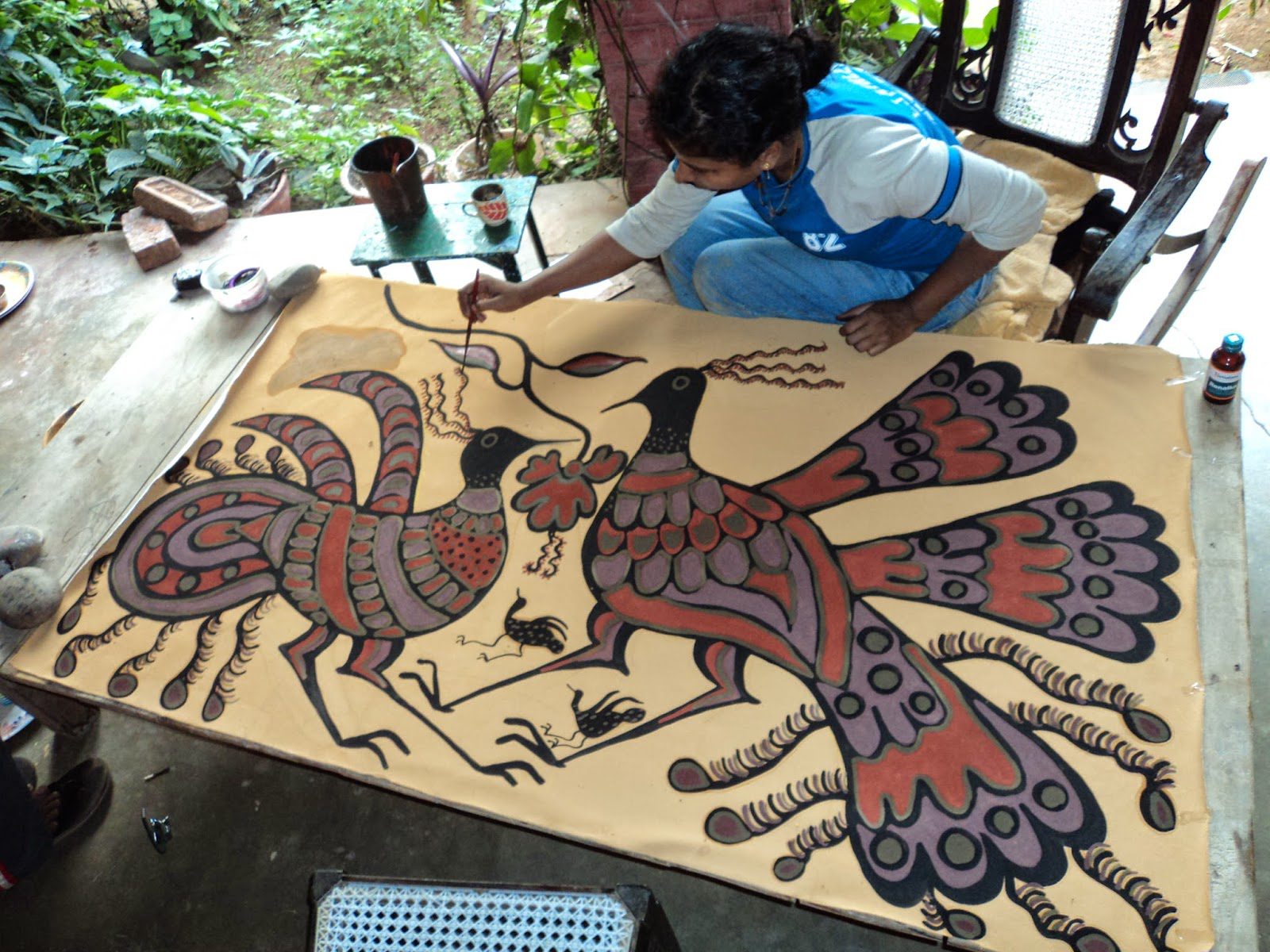 Bulu's daughter, Juliet Imam, making a tribal art[/caption]
Bulu's daughter, Juliet Imam, making a tribal art[/caption]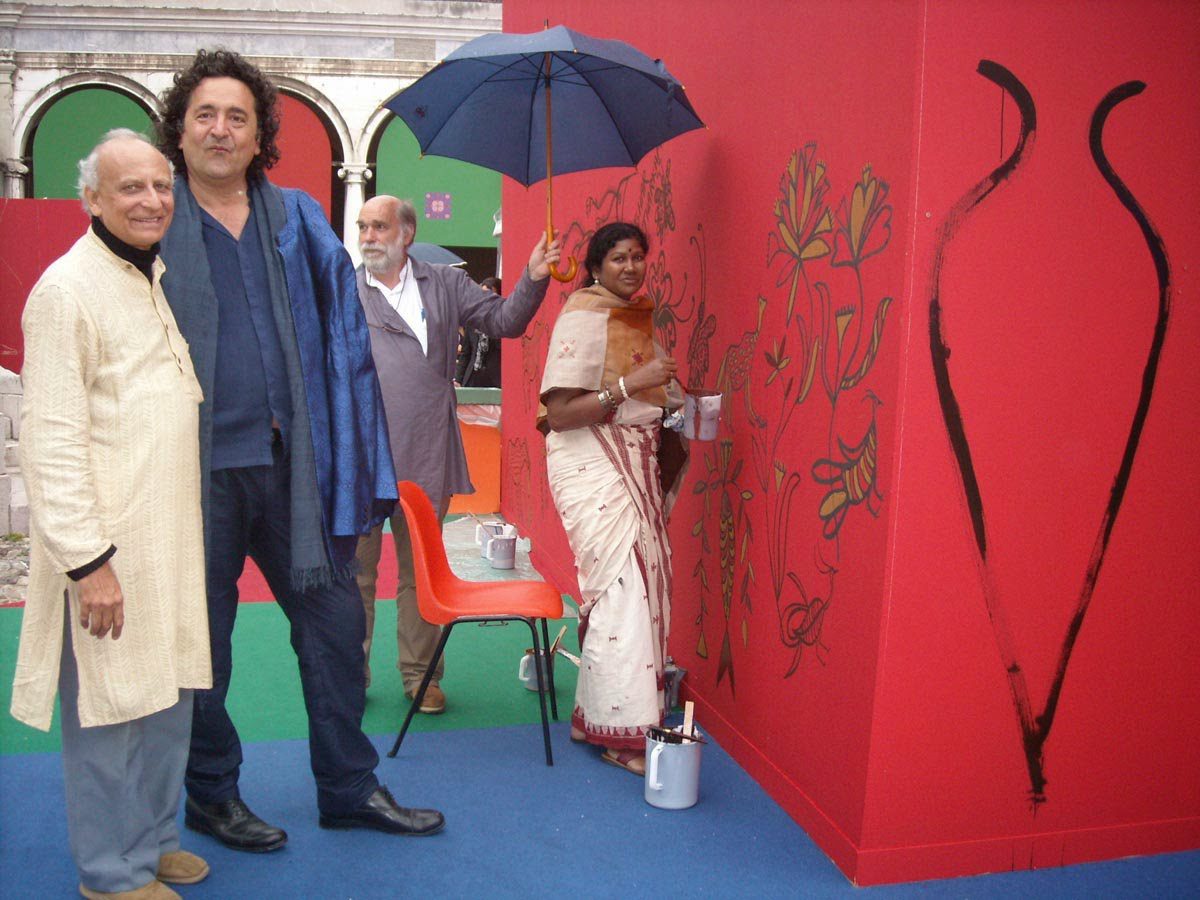 Bulu Imam, Tarshito, Erwin Neumayer, and Philomina painting in Vicino Lantano Festival[/caption]
Bulu Imam, Tarshito, Erwin Neumayer, and Philomina painting in Vicino Lantano Festival[/caption]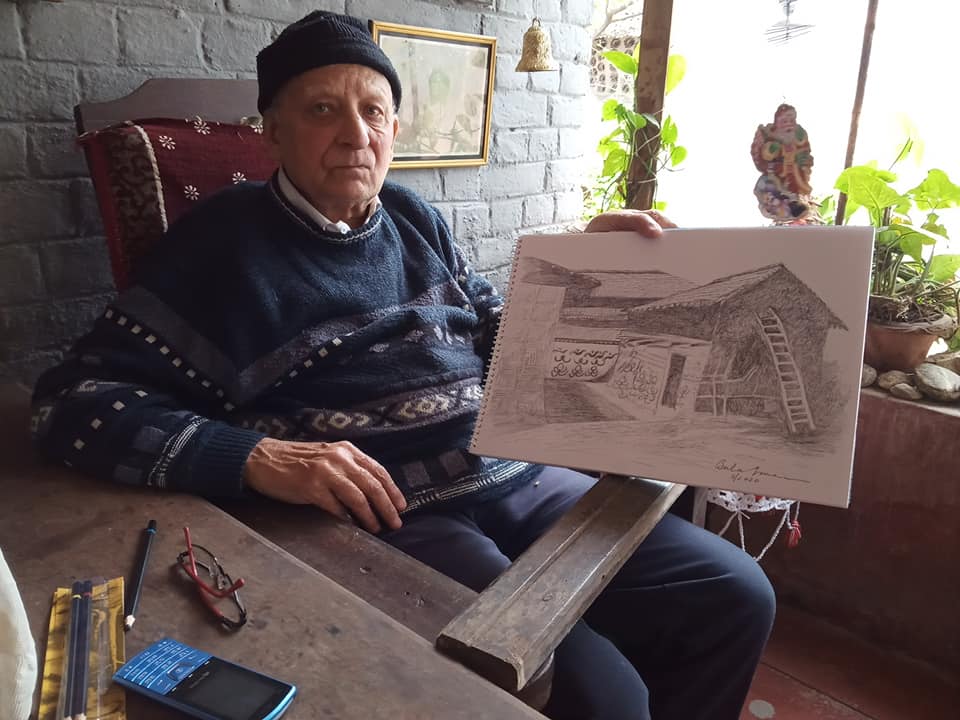 Bulu still likes to sketch whenever he finds some free time[/caption]
Bulu still likes to sketch whenever he finds some free time[/caption]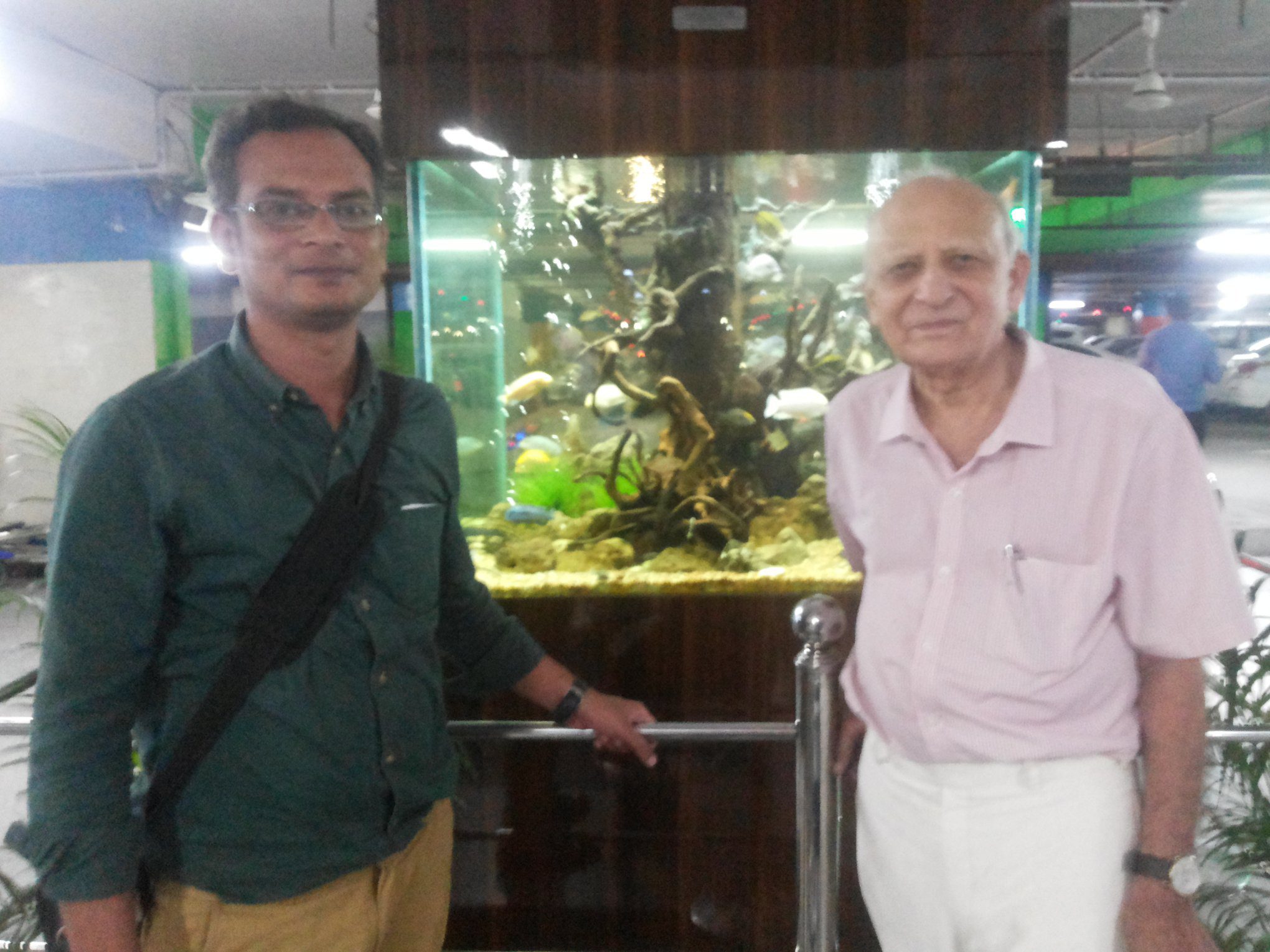 Bulu with his son, Gustav Imam[/caption]
Bulu with his son, Gustav Imam[/caption]
A Very talented HR and a great human being ,His skills are extraordinary.Very hard working and extremely knowledgeable person I have come across HR so far.He is a very valuable asset to any company !!